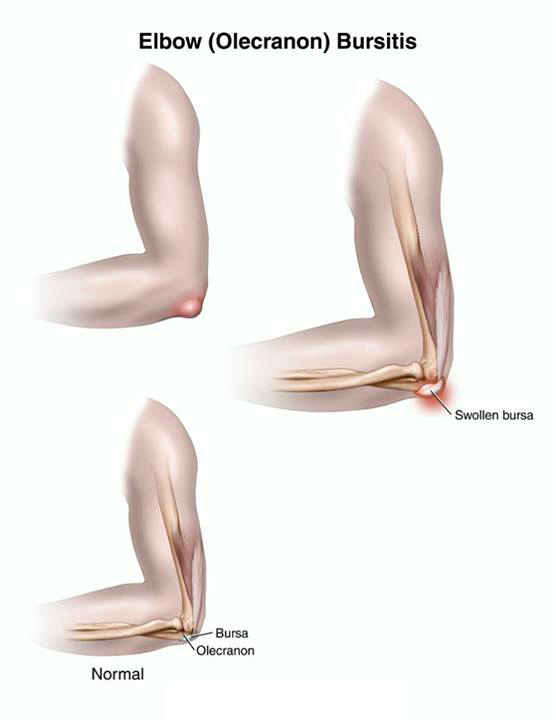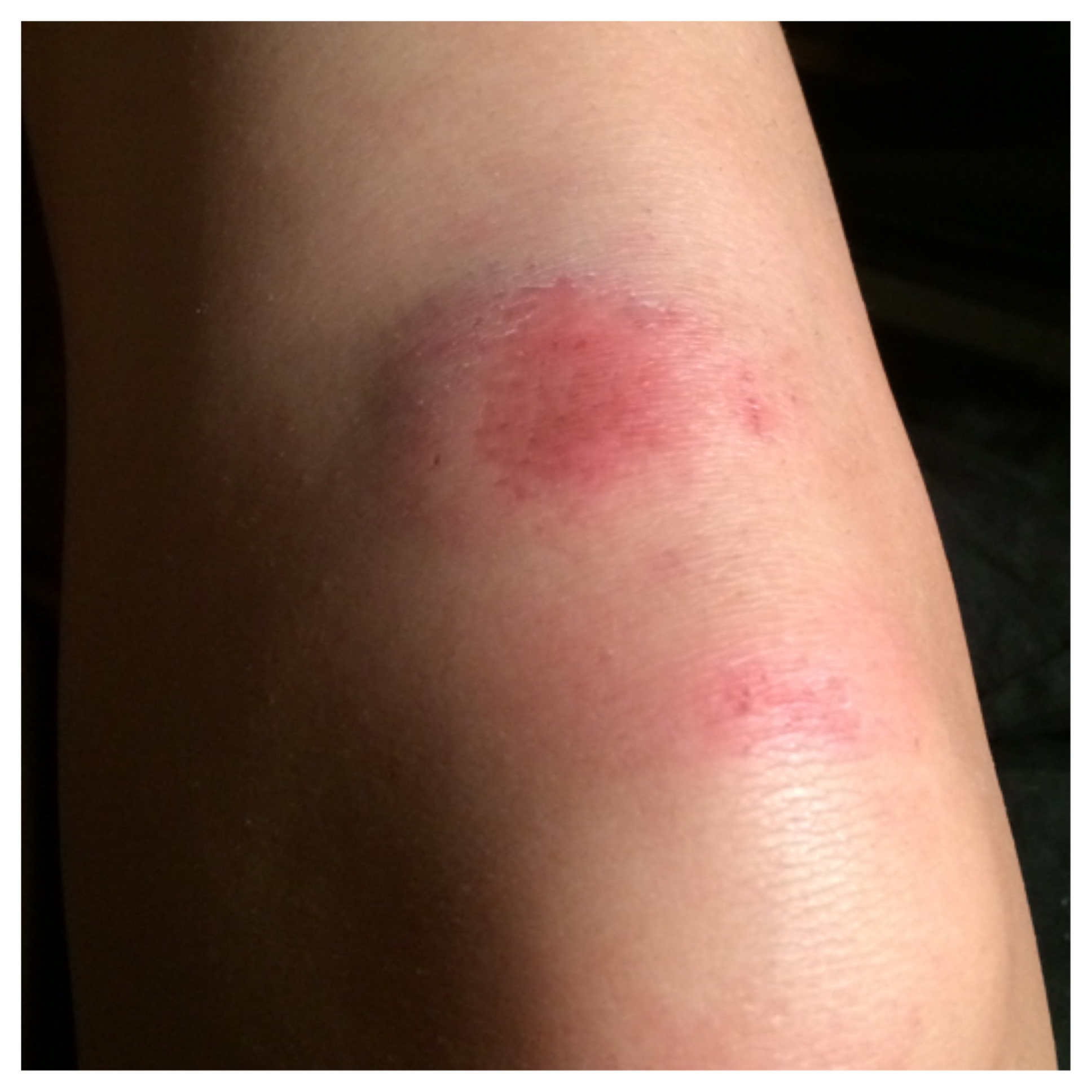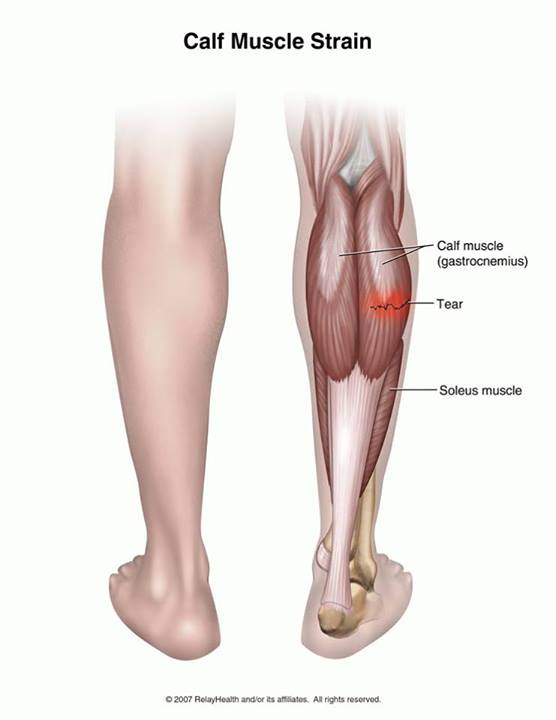Chronic Ankle Laxity

What is chronic ankle laxity?
Chronic ankle laxity is looseness and instability of the ankle joint.
Cauces of chronic ankle laxity?
Chronic ankle laxity occurs because of previous ankle injuries. Ankles that have become loose or unstable usually have had several severe sprains where ligaments have been torn. The more sprains that you have, the looser your ankle will become. Because of the stretched or torn ligaments, the ankle joint doesn’t have its natural support and may twist or sprain more easily.
symptoms chronic ankle laxity ?
Symptoms can include:
- Looseness of the ankle
- Feeling your ankle is giving way
- Recurrent swelling
- Pain
Diagnosis of chronic ankle laxity
Your provider will ask you about injuries you have had and examine your ankle. The injured ankle may be looser, more swollen, or more painful then your other ankle.
Your provider may take an X-ray of your ankle. You may have a stress X-ray, which means that your ankle joint is stressed while the X-ray is taken. Your provider will look to see if the stress causes the bones to move apart. You may have an MRI or CT scan of your ankle to see it in closer detail.
Treatment of chronic ankle laxity
At first, chronic ankle laxity is treated with proper rehabilitation exercises. It is very important after an injury to do exercises that work on range of motion, strength, balance, and coordination.
To treat this condition:
Put an ice pack, gel pack, or package of frozen vegetables, wrapped in a cloth on the area every 3 to 4 hours, for up to 20 minutes at a time.
Raise the ankle on a pillow when you sit or lie down.
Use an ankle brace as directed by your provider
Take an anti-inflammatory such as ibuprofen, or other medicine as directed by your provider. Nonsteroidal anti-inflammatory medicines (NSAIDs) may cause stomach bleeding and other problems. These risks increase with age. Read the label and take as directed. Unless recommended by your healthcare provider, do not take for more than 10 days.
If your ankle remains loose or unstable, surgery can be done to reconstruct the damaged ligaments. This will make the ankle more stable and stop the feeling that your ankle is giving way.
Without treatment, you may keep injuring and twisting your loose ankle. These repeated twists may eventually cause wear and tear to your ankle joint.
How long will the effects last?
You have ankle laxity because you have previously injured ligaments in your ankle. The laxity will only improve with on-going ankle rehabilitation or surgery.
When can I return to my normal activities?
Everyone recovers from an injury at a different rate. Return to your normal activities depends on how soon your ankle recovers, not by how many days or weeks it has been since your injury has occurred. In general, the longer you have symptoms before you start treatment, the longer it will take to get better. The goal of rehabilitation is to return to your normal activities as soon as is safely possible. If you return too soon you may worsen your injury.
You may safely return to your normal activities when, starting from the top of the list and progressing to the end, each of the following is true:
You have full range of motion in the injured ankle compared to the uninjured ankle.
You have full strength of the injured ankle compared to the uninjured ankle.
You can walk straight ahead without pain or limping.
How is chronic ankle laxity prevented?
The most important way to prevent chronic ankle problems is by doing proper ankle exercises after an injury. For some people it is important to continue the rehabilitation exercises for a long time after their injury.
Pt management of Chronic ankle laxity
Chronic Ankle Laxity Exercises
As soon as you can tolerate pressure on the ball of your foot, begin stretching your ankle using the towel stretch. When this stretch is easy, try the other exercises.
Towel stretch: Sit on a hard surface with your injured leg stretched out in front of you. Loop a towel around your toes and the ball of your foot and pull the towel toward your body keeping your leg straight. Hold this position for 15 to 30 seconds and then relax. Repeat 3 times.
Standing calf stretch: Stand facing a wall with your hands on the wall at about eye level. Keep your injured leg back with your heel on the floor. Keep the other leg forward with the knee bent. Turn your back foot slightly inward (as if you were pigeon-toed). Slowly lean into the wall until you feel a stretch in the back of your calf. Hold the stretch for 15 to 30 seconds. Return to the starting position. Repeat 3 times. Do this exercise several times each day.
Standing soleus stretch: Stand facing a wall with your hands on the wall at about chest height. Keep your injured leg back with your heel on the floor. Keep the other leg forward with the knee bent. Turn your back foot slightly inward (as if you were pigeon-toed). Bend your back knee slightly and gently lean into the wall until you feel a stretch in the lower calf of your injured leg. Hold the stretch for 15 to 30 seconds. Return to the starting position. Repeat 3 times.
Ankle range of motion: Sit or lie down with your legs straight and your knees pointing toward the ceiling. Point your toes on your injured side toward your nose, then away from your body. Point your toes in toward your other foot and then out away from your other foot. Finally, move the top of your foot in circles. Move only your foot and ankle. Don’t move your leg. Repeat 10 times in each direction. Push hard in all directions.
Resisted ankle dorsiflexion: Tie a knot in one end of the elastic tubing and shut the knot in a door. Tie a loop in the other end of the tubing and put the foot on your injured side through the loop so that the tubing goes around the top of the foot. Sit facing the door with your injured leg straight out in front of you. Move away from the door until there is tension in the tubing. Keeping your leg straight, pull the top of your foot toward your body, stretching the tubing. Slowly return to the starting position. Do 2 sets of 15.
Resisted ankle plantar flexion: Sit with your injured leg stretched out in front of you. Loop the tubing around the ball of your foot. Hold the ends of the tubing with both hands. Gently press the ball of your foot down and point your toes, stretching the tubing. Return to the starting position. Do 2 sets of 15.











